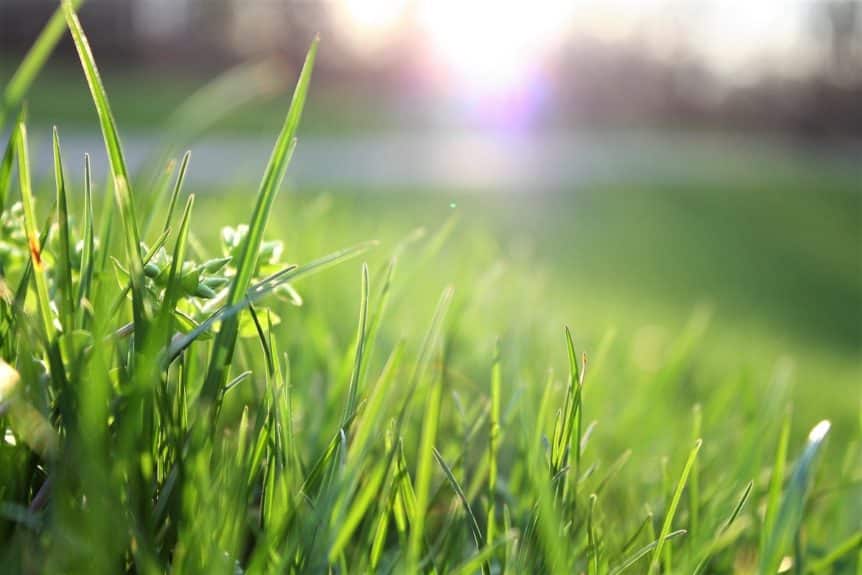How to Care for Bahia Grass
If you’ve been looking for a nice grass to add to your Florida landscaping, then we have a potential candidate for you: Bahia grass. Originally from Brazil, this grass was meant for roadsides and pastures for its durability and fast-seeding abilities. With these abilities, it was only a matter of time before someone thought to see how this grass would do in the heat of Florida…and it thrived. This article is going to cover what Bahia grass is and how you can keep it looking as fresh as possible.
All About Bahia
Bahia grass enjoys sunlight and heat, which is what made it ideal for Florida. It grows with very root-strong stems that make it good for high-traffic areas. It won’t spread into any areas you don’t want it, either, as its growth patterns don’t work that way. Bahia grass is drought-tolerant, which can be great for those hot months, as well as being resistant to almost all pests that tend to harass lawns. During the warm months, this low-maintenance grass will stay green and thick. When cold weather starts to roll in or if it’s getting to0 dry, the grass will start to get wilted and turn a shade of blue-green. It’ll let you know when it needs some extra TLC.
Maintaining Your Lawn
Now that you know what makes Bahia grass a good choice for your landscaping purposes, let’s talk about the process of taking care of it. While Bahia grass is relatively low maintenance and easy to care for, there will be some work required.
- Planting: Bahia grass can be started with either seed or sod. If you choose to go with seed, be sure you use a high-quality one and don’t use too much of it. Otherwise, you’ll end up with weak grass. If you choose to use sod, it will help set in quickly and result in fewer weeds that pop up.
- Mowing: When it comes to mowing your Bahia grass, you want to use blades that are nice and sharp to avoid ripping out the grass. You’ll want to maintain a height of 3-4 inches by mowing roughly every other week from spring to fall. You can leave the clippings on the lawn as a natural fertilizer
- Watering and feeding: As we’ve mentioned, Bahia grass does pretty well with lower levels of water. However, it does still need it. Generally speaking, it’ll do alright during the rainy season, but it’ll let you know when it needs water. When that time comes, you should try to make sure the water is getting down deep into the soil. As far as feeding the grass, it does need to have an iron-including fertilizer spread on it a few times a year to keep it nice and healthy.
- Pests: Bahia grass is most immune to pests and diseases that tend to plague Florida lawns, but it’s not infallible. Mole crickets still present a problem as they tunnel underneath, munching on the roots and shoots, but they can be dealt with by using an approved insecticide. You’ll also find yourself possibly dealing with invasive weeds like crabgrass and sand burrs, which can be handled and limited by herbicides and weeding.
The pros of Bahia grass certainly outweigh any cons when it comes to choosing grass for your landscaping. It’s relatively easy to manage for any homeowner, handles the heat well, and even can withstand most pests and health issues that are common in Florida. If that sounds like what you’re looking for in a lawn, then try it out and see what all the fuss is about! You’ll be able to love your lush lawn in no time.

